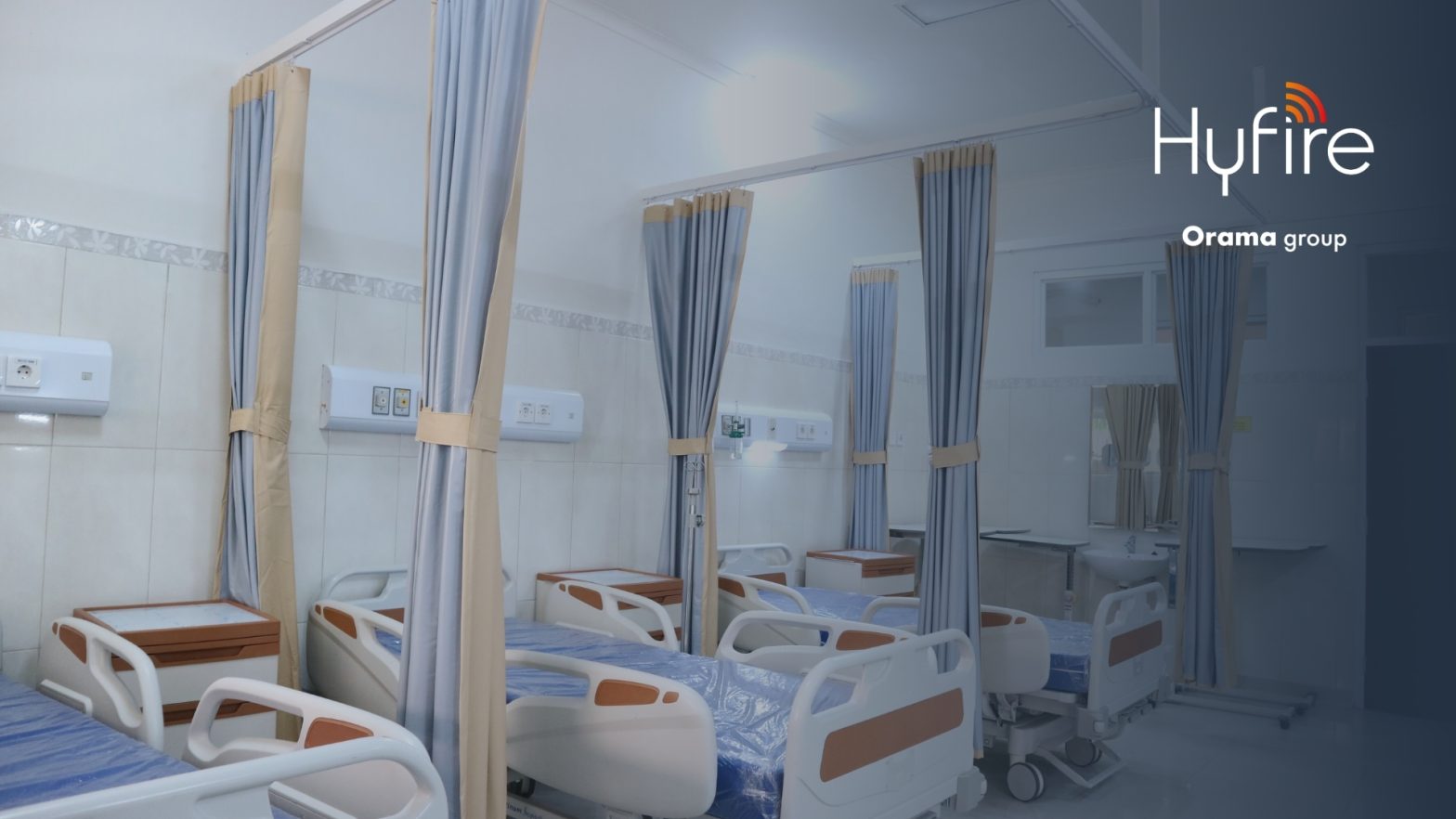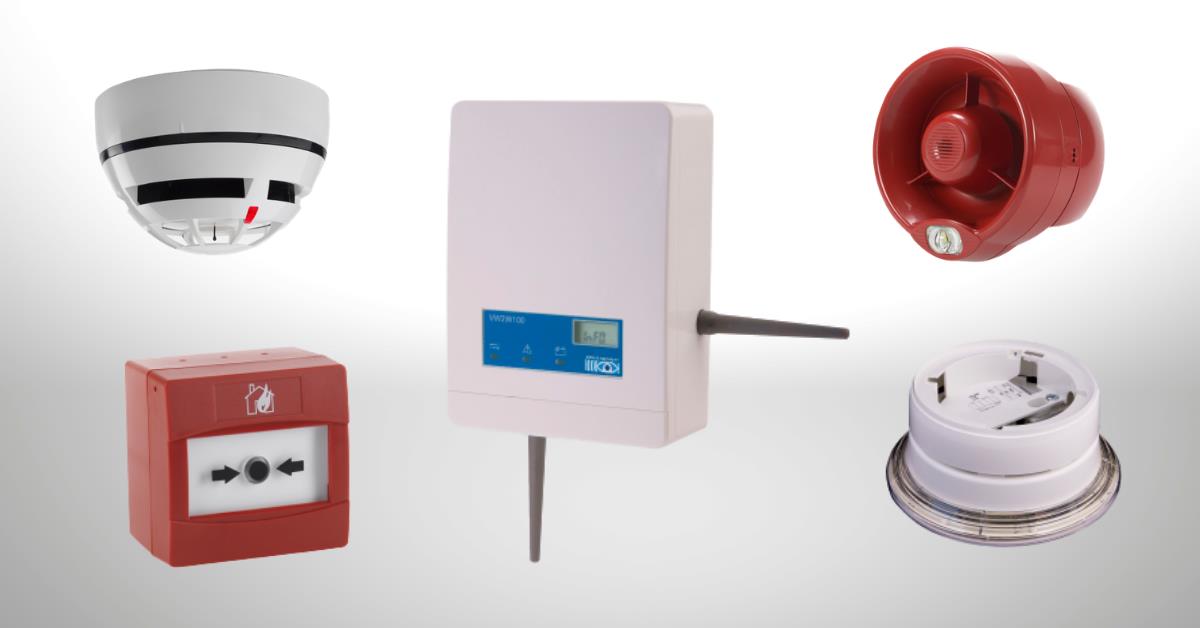Remembering the importance of fire safety in the wake of the high-rise fire in Dubai





Hyfire has appointed Mark Piert as Regional Sales Manager for UK Central, covering The Midlands and surrounding areas, where he will oversee the management of existing partners and the development of new client relationships for the business.

With so much focus on high-rise residential buildings and those with cladding over the past few years, it’s easy to overlook the fact that many residential buildings fit into neither of these categories, but are still impacted by the changes that have been made to fire regulations, fire system specifications and evacuation best practice since 2017.
One key example is older residential blocks, many dating from the Victorian period to the 1930s, which are still commonly found in cities like London and Edinburgh. Although these blocks may not be at risk from defective cladding, and they are usually no higher than five or six floors, they do present their own unique challenges in terms of fire safety and evacuation, as well as the installation of the fire system itself.

Hyfire is delivering a series of free webinars around the British Standard BS8629:2019, new code of practice for the design, installation, commissioning and maintenance of evacuation alert systems for use by fire and rescue services in buildings containing flats. The appointments provide an insightful overview of the new British Standard, explaining the design criteria of the evacuation alert system, and presenting the benefits of the Hyfire wireless technology to meet the BS8629 recommendations. The webinars are intended as a helpful tool for anyone managing high rise blocks of flats or for fire professionals involved in the design, specification and installation of an evacuation system solution.

The pressures on end users to maintain the very best fire system protection for their occupants; and installers to ensure they safely, quickly and efficiently install compliant, high performance systems has never been greater. The current challenge facing every fire market in the world is significant: How to install the best equipment to code; while spending as little time on site as possible; while respecting social distancing and H&S regulations; while disturbing occupants lives or businesses as little as possible; and all the while guaranteeing costs and timeframes. A number of stakeholders are taking advantage of wireless detection and alarm technology at this time because of its unique advantages.

High-rise buildings present specific challenges that need to be considered when assessing and addressing fire risks. Multiple floors, large number of flats and occupants, and long, complex escape routes, are just some of the peculiarities that may pose challenges to fire safety. In the unfortunate event a fire accident occurs, proper evacuation strategies need to be in place to ensure that residents are alerted and evacuated in a timely manner, and to allow the fire brigade to achieve rapid containment and suppression of the fire.
The British Standard BS8629, introduced in England and Wales in November 2019, and now mandatory in Scotland also, applies to many high-rise residential buildings and identifies the critical design criteria required to achieve an effective evacuation, controlled by the fire brigade. The standard is applicable to both new and existing buildings, currently covering all residential properties over 18 meters, and it provides recommendations about the evacuation alert system comprising the evacuation alert control indicating equipment (EACIE), along with the audible and visual alarm devices, to ensure simple, consistent and intuitive operation.

In the current international emergency, the fire industry is facing significant challenges. While fire prevention remains essential, the design, installation and maintenance of critical fire systems have come under unprecedented price and procedural pressures. This presents new and unforeseen challenges to an industry that was already burdened with the demand to deliver ever-more rapid and effective solutions to clients in all sectors. Doing nothing is not an option. In the short to medium term, we as an industry need to think smarter and plan more effectively to ensure that contracts can continue to be delivered on time and on budget, especially where residential installations and upgrades are concerned.
Costs need to be controlled, whilst time on site needs to be minimised and person to person contact kept to an absolute minimum, especially among high-risk groups such as the elderly or those with underlying conditions. That’s why the fundamental advantages of wireless fire technology can now benefit installers more than ever, as they allow systems to be installed with less fuss, minimal impact on the building’s fabric and less need for complex cabling, offering savings in both time and money.